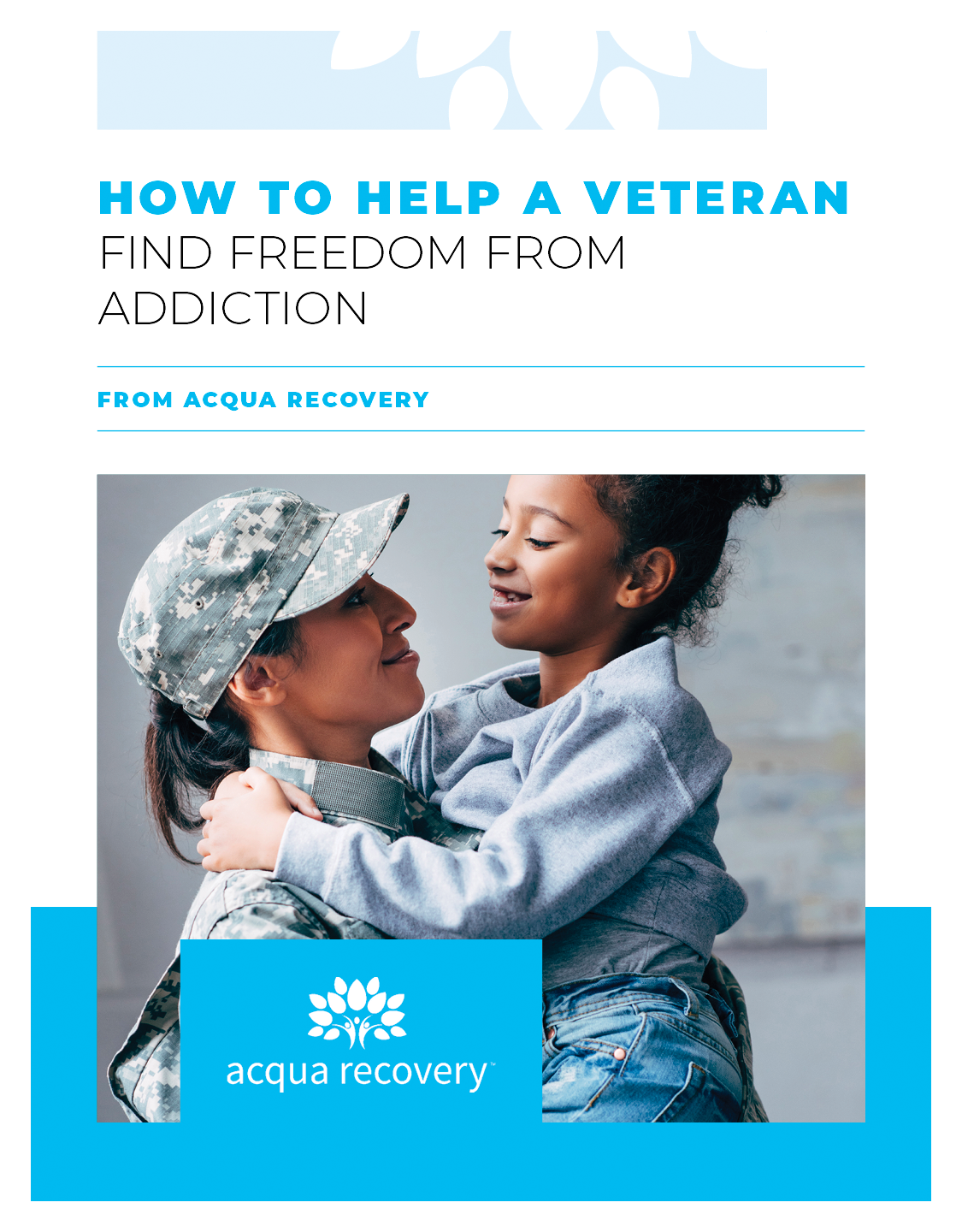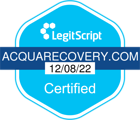Post-Traumatic Stress Disorder (PTSD) can be a disconcerting and debilitating condition. It’s an insidious beast that has the potential to significantly impair an individual’s quality of life. However, it can be even more distressing when accompanied by a coexisting condition—known as dual diagnosis. It is crucial, therefore, to comprehend this intersection and the subsequent need for an integrated treatment approach. In essence, understanding the intersection of trauma and dual diagnosis plays a critical role in developing a personalized, comprehensive PTSD treatment in Utah that can successfully pave the path to healing.
What is PTSD?
PTSD is a mental health disorder precipitated by experiencing or witnessing a traumatic event, leading to intense, disruptive symptoms. These can manifest as intrusive memories, heightened anxiety, emotional numbness, and even adverse physiological responses to trauma-associated cues. PTSD can arise from numerous situations like natural disasters, military combat, personal assault, or traumatic loss. The distressing memories and emotions that come with PTSD can make the world seem devoid of safety, prompting an ongoing sense of fear and vulnerability that can prove incapacitating.
How to Get Treatment for PTSD
Seeking treatment for PTSD can often seem intimidating, yet it is the crucial first step toward recovery. A variety of evidence-based therapies exist for treating PTSD, including Cognitive Behavioural Therapy (CBT), Eye Movement Desensitization and Reprocessing (EMDR), and Prolonged Exposure Therapy. Moreover, certain medications like Selective Serotonin Reuptake Inhibitors (SSRIs) can aid in alleviating PTSD symptoms. It’s important to remember that each individual’s journey with PTSD is unique, so a tailored approach to treatment is essential. Finding a qualified mental health professional who specializes in PTSD can facilitate the process of defining the most suitable treatment plan.
How Trauma Can Lead to PTSD
Trauma is a primary contributor to the onset of PTSD. It’s an intensely distressing event or series of events that can leave a person feeling helpless and emotionally shattered. Experiencing trauma doesn’t always lead to PTSD, but repeated, prolonged, or extreme trauma can increase the risk of developing the disorder. When a traumatic event is too overwhelming for the brain’s natural coping mechanisms, it can cause the individual to repeatedly relive the trauma, which can eventually lead to PTSD. Furthermore, if left unchecked, signs of unresolved trauma could snowball into other life-harming and debilitating mental and physical health conditions.
How PTSD Can Lead to Addiction
The journey from PTSD to addiction can be a slippery slope. In an attempt to manage their overwhelming symptoms, some individuals with PTSD may resort to self-medicating with alcohol or drugs. This can create a dangerous cycle of dependency, as these substances may momentarily alleviate distress but ultimately intensify PTSD symptoms and create additional health complications. Additionally, studies show that symptoms of early childhood trauma in adults left untreated can result in further mental health imbalances. Understanding the potential for this correlation is paramount to preventing the further escalation of these co-occurring disorders.
The Value of Dual Diagnosis Treatment
If you’re reading this, you might be wondering, “Should I consider dual diagnosis treatment?” That’s a great question to ponder, and PTSD treatment in Utah at Acqua Recovery might be your best chance at living a full and healthy life. Dual diagnosis treatment is an integrated and effective approach to mental health care that simultaneously treats PTSD and any coexisting substance use disorder. This method is particularly valuable as it comprehends the interconnected nature of these conditions and acknowledges the necessity of treating them concurrently to optimize recovery outcomes. Dual diagnosis treatment goes beyond merely addressing the symptoms—it targets the root causes of both disorders, helping the individual develop healthier coping mechanisms and work towards a more stable, fulfilling life.
Find Help With Acqua Recovery
Acqua Recovery is one of the most highly-recommended PTSD treatment centers in Utah. We are dedicated to providing a supportive and personalized treatment pathway for individuals earnestly finding help for PTSD. Our mental healthcare experts have extensive experience in dual diagnosis and can assist with navigating the complexities of PTSD and any associated addiction. Utilizing evidence-based therapies such as CBT and EMDR alongside holistic healing practices, we focus on treating the whole person, not just their symptoms. At Acqua Recovery, we believe in fostering resilience and instilling hope, empowering our clients to reclaim their lives from the grasp of PTSD and step confidently towards a brighter, healthier future. When it comes to PTSD treatment, Utah awaits. Contact us today. Let us show you the way to hope and a brighter future.
Take the first step to transforming your life.
Frequently Asked Questions About PTSD Treatment
-
Common symptoms include re-experiencing the traumatic event (perhaps via flashbacks or nightmares), avoiding reminders of the trauma, and changes in mood and cognition. Other symptoms may include increased arousal and reactivity, such as feeling edgy, easily startled, or having hardships with sleeping.
-
The prevalence of PTSD varies by population and region, but on average, it’s estimated that about 7-8% of the population experience PTSD at some point in their lifetime.
-
Yes, several medications have been shown to be effective in treating PTSD, including selective serotonin reuptake inhibitors (SSRIs) and selective norepinephrine reuptake inhibitors (SNRIs), which are types of antidepressants. Other medications may also be used to ameliorate and manage specific symptoms, such as sleep problems or anxiety.
-
Side effects vary by medication but can include nausea, headaches, sleepiness, and sexual problems. It’s important for individuals to discuss potential side effects with their healthcare provider before starting any new medication.
-
The length of time needed for PTSD treatment varies from person to person and the severity of their symptoms. Some individuals may experience a positive change in just a few weeks of therapy, while others may need treatment for a year or longer.
-
Success rates vary, but many people with PTSD respond well to treatment. Studies have shown that both psychotherapy and medication can be effective, and a combination of both may be the most beneficial for some individuals.
-
Yes, it’s possible for PTSD symptoms to reemerge after treatment, especially in response to new stressors or reminders of the original trauma. Regular check-ins with a mental health professional can help manage these symptoms if they return.
-
Strategies for coping can include regular exercise, mindfulness and relaxation techniques, and maintaining a regular sleep schedule. Additionally, remaining closely connected with supportive friends and family is a big stabilizer during treatment. It’s also important to avoid alcohol and drugs, which can exacerbate PTSD symptoms.
-
Self-care strategies can include activities like regular physical exercise, maintaining a balanced diet, getting adequate sleep, practicing mindfulness or other relaxation techniques, spending time in nature, and seeking social support.
-
PTSD can cause difficulties in relationships, including problems with trust, communication, and emotional intimacy. PTSD treatments can help by providing individuals with strategies for managing their symptoms, improving communication skills, and promoting understanding among loved ones.
-
Yes, children can develop PTSD. Their treatment often involves a combination of individual therapy, where they can learn to express and cope with their feelings, and family therapy, where family members and loved ones can understand how to be supportive to the child.
-
While the treatments for PTSD are generally the same regardless of the source of trauma, veterans may face unique challenges, such as combat-related trauma or military sexual trauma. Veterans may also have access to additional resources through the Department of Veterans Affairs.
-
Friends and family can provide emotional support, encourage treatment, learn about PTSD, offer to attend therapy sessions with the person (if appropriate), and take care of their own mental health.
-
Yes, it’s common for individuals with PTSD to simultaneously experience other mental health conditions, such as depression, anxiety disorders, and substance use disorders. These conditions can often be addressed as part of a comprehensive PTSD treatment plan.
-
Regarding how to cure PTSD, it’s noteworthy that this can be a chronic condition, but many people find that with proper treatment, their symptoms greatly decrease over time or may even disappear completely. The core aim of treatment is to reduce symptoms, improve quality of life, and increase the person’s ability to navigate their daily life.











